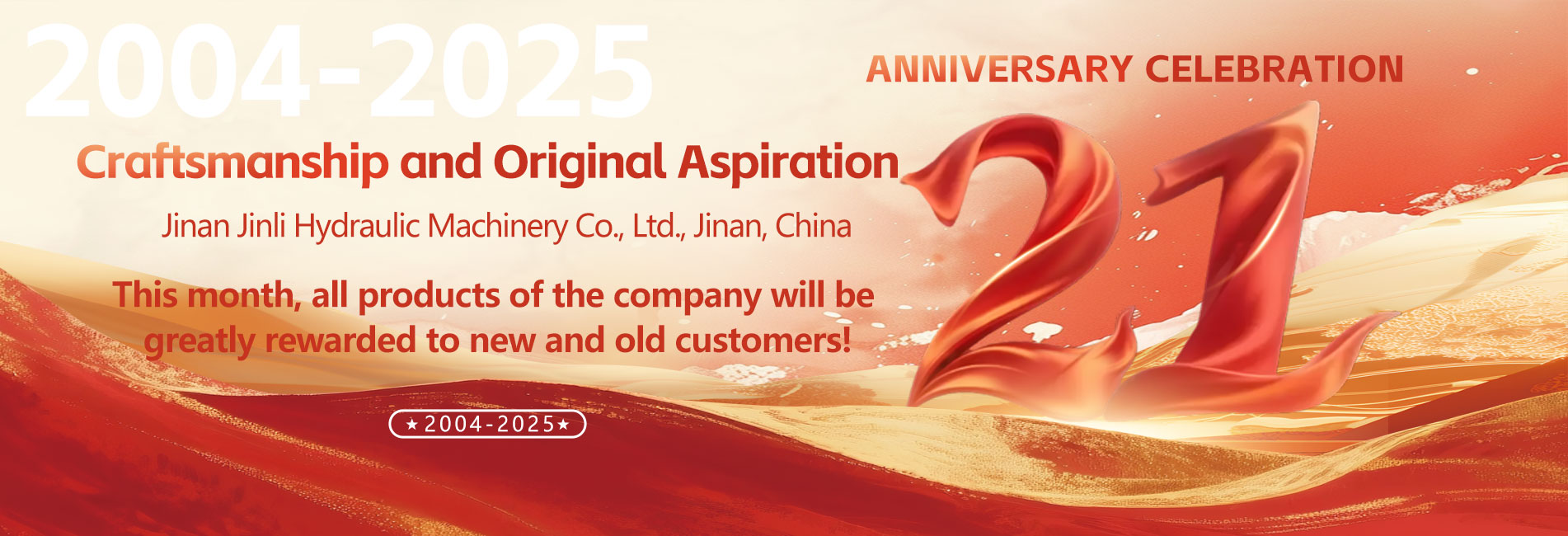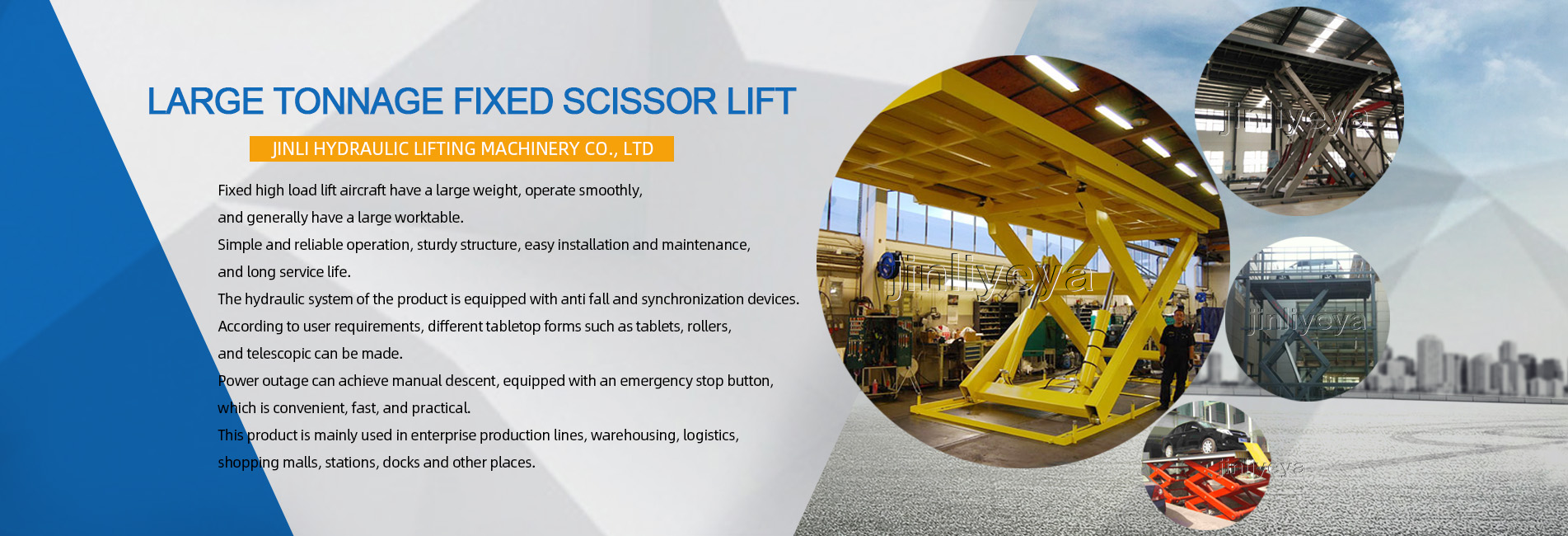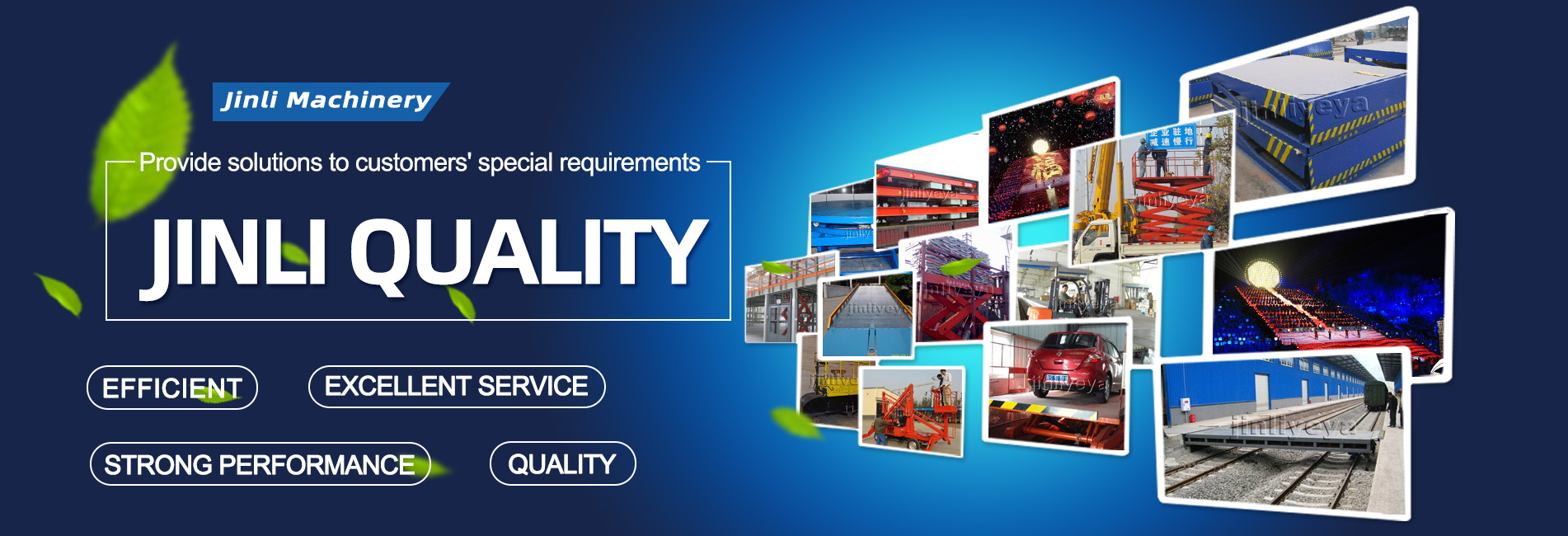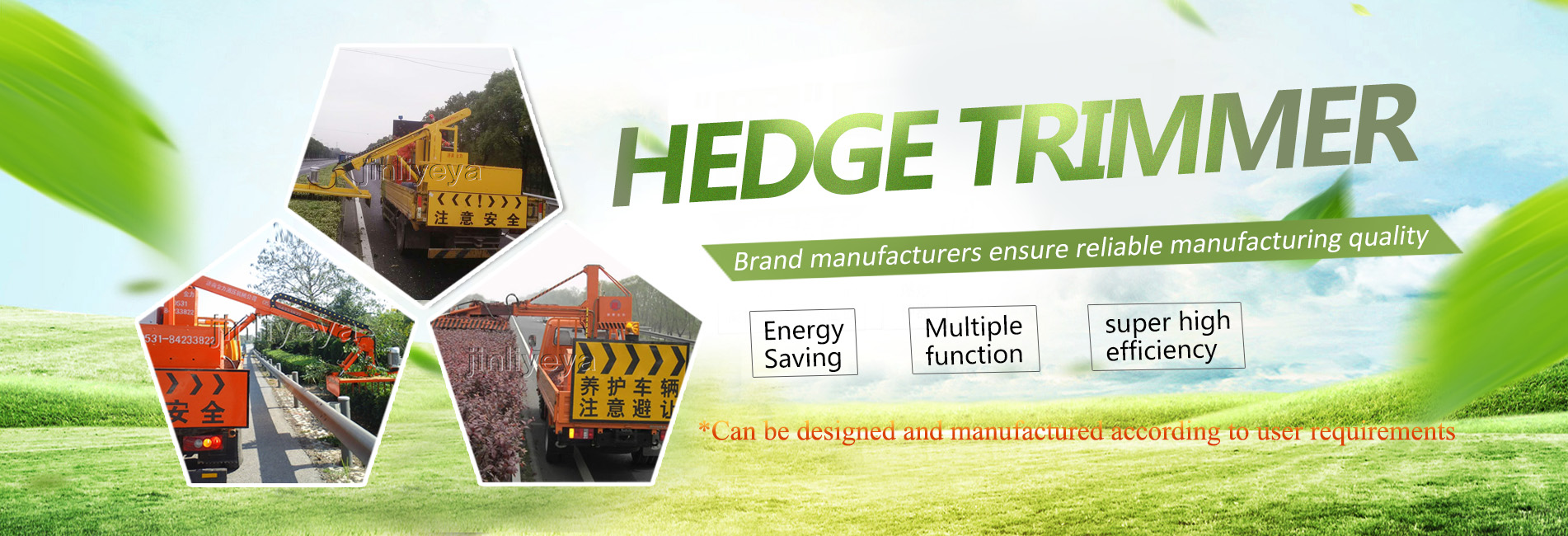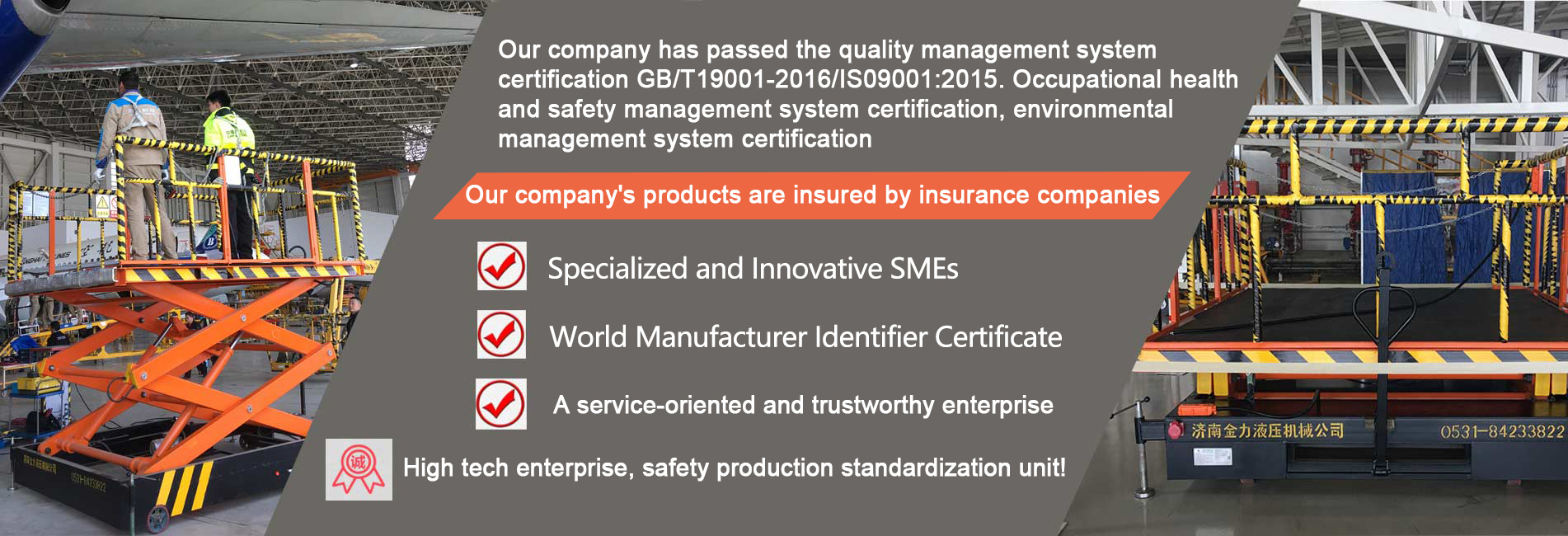Regarding the issue of blockage in hydraulic lifting platforms, both hydraulic lifting platforms and aluminum alloy elevators have varying degrees of blockage. When the hydraulic lifting platform is blocked, the first thing that usually comes to mind is poor water treatment (ch ǔ l ǐ). But in fact, it is not entirely so. Based on various analyses and experiences, it is possible to analyze the particles of blockages in hydraulic lifting platforms in order to determine the causes of blockages and seek appropriate solutions 1、 If the particles of the blockage are large and exceed the unobstructed holes of the hydraulic lifting platform, there is no doubt that there is a problem with the water filtration. The solutions include: 1. Replace the damaged filter screen 2. Increase the filtering level, some hydraulic lifting platforms come with filters themselves 3. Choose hydraulic lifting platforms with different atomization structures: For example, when using an air-water atomization hydraulic lifting platform, under the same pressure and flow conditions, the unobstructed hole is several times or even dozens of times that of a water hydraulic lifting platform. Both gas atomization hydraulic lifting platforms have different atomization structures. Some hydraulic lifting platforms have an empty atomization expansion chamber that is not easily blocked, while others have an inner core. Both are hydraulic lifting platforms, some use bladeless ones, while others use blade core atomization, which can easily cause blockages. 2、 If the particles of the blockage are very fine, much smaller than the unobstructed holes of the hydraulic lifting platform, the cause of the blockage is usually adhesive blockage. This type of blockage is related to water quality, and more importantly, the wear and tear of hydraulic lifting platform materials. The following three points are sufficient to prove: 1. A certain factory soaked the blocked hydraulic lifting platform in acid solution and cleaned it, which can be reused once. After further blockage, the hydraulic lifting platform will become larger and cannot be used again. 2. A certain factory has analyzed the blockage: 50% is iron oxide, and the rest is calcium oxide, silicon oxide, etc. When the inner surface of the hydraulic lifting platform becomes severely worn and rough, these non-metallic oxides suspended in turbid water will evaporate and bond to the inner wall of the hydraulic lifting platform like paint or cement within a few minutes of stopping the tail blank or changing the ladle. If the inner surface of the hydraulic lifting platform is smooth enough, it will be washed away when sprayed with water. Otherwise, it will accumulate. 3. There is also a steel plant's aerosol hydraulic lifting platform. Under identical design parameters and usage conditions, hydraulic lifting platforms from different manufacturers and materials can be severely blocked in less than a month, while others remain unobstructed for 3-4 months. There are many factors that affect the wear resistance of the inner surface of hydraulic lifting platforms, which are generally believed to be related to the trace elements of the material, heat treatment, and processing technology, and are difficult to quantitatively analyze. From a usage perspective, a simpler method is to choose a hydraulic lifting platform with long wear resistance and lifespan. Under specific usage conditions, regular testing of performance parameters such as flow rate, spray angle, and water spray distribution can usually determine the wear life of hydraulic lifting platforms within three months to six months. Choosing a hydraulic lifting platform with long wear resistance and lifespan can not only reduce costs, but also greatly reduce production accidents, defective products, and maintenance volume. {13}
{1}
{2}
{3}
{4}
{5}
{6}
{7}
{8}
{9}
{10}
{11}
{12}
{13}

